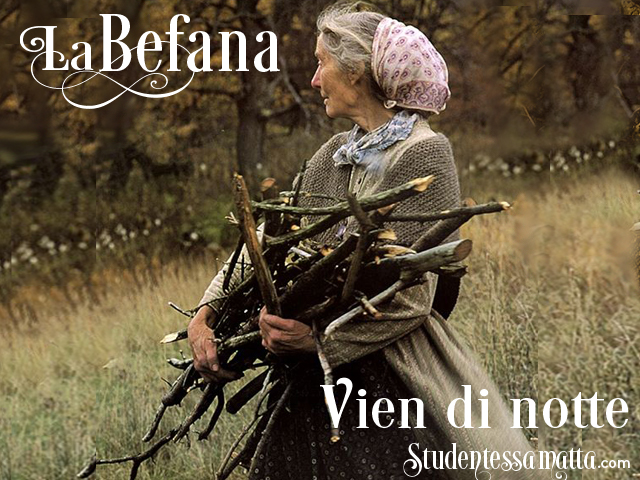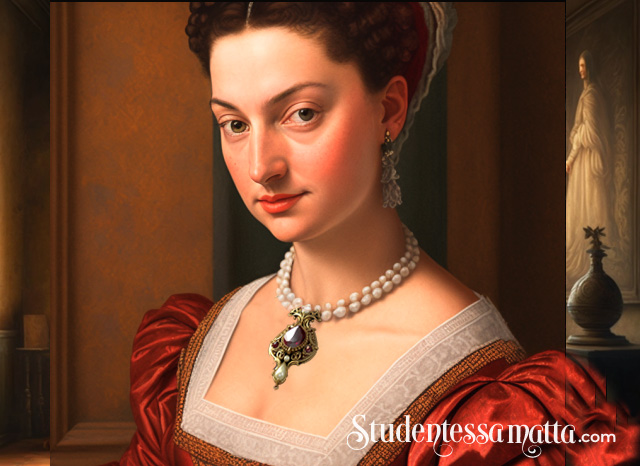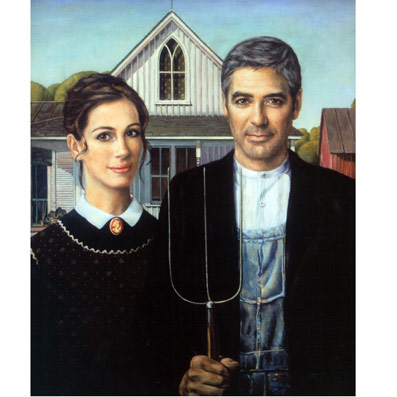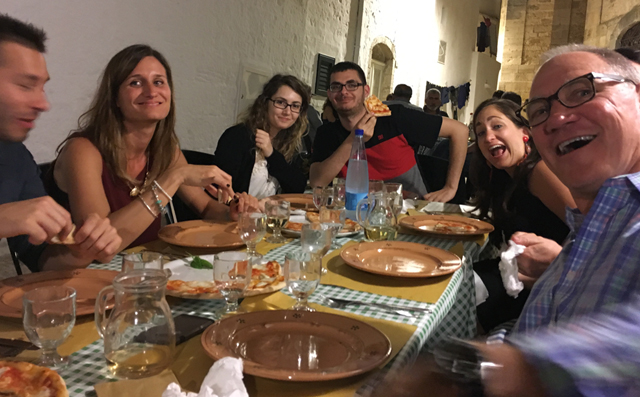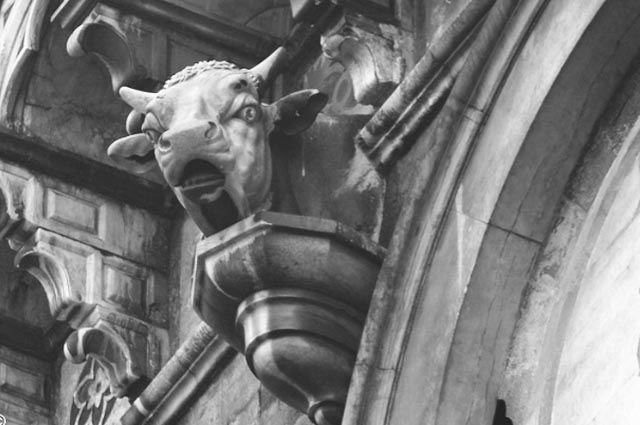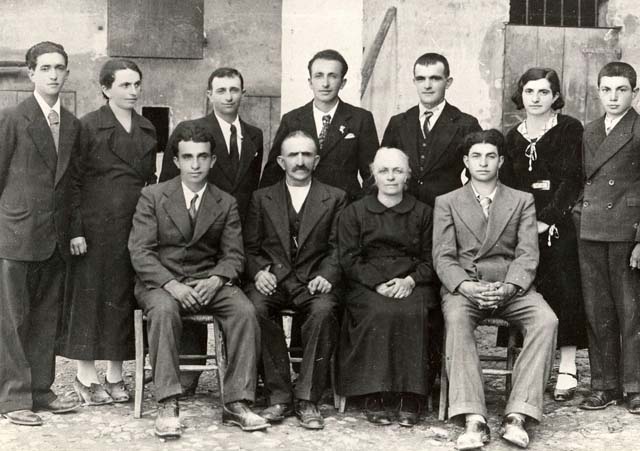
Oh, my Goddess!! What is Armilla Picena?
Prima dei Romani, i Piceni si stabilirono in quella regione che oggi conosciamo come le Marche.
Before the Romans, the Piceni population settled in the region we now know as le Marche.
Lo scorso settembre, quando sono stata ad Ascoli Piceno, ho fatto una scoperta intrigante! Per la prima volta ho conosciuto Armilla Picena – uno strano anello di bronzo che, anche per i marchigiani e abruzzesi, rimane un po’ di mistero.
Last September, when I was in Ascoli Piceno, I made an intriguing discovery! I learned about the Armilla Picena — a strange bronze ring that, even for the residents who live in le Marche and the Abruzzo, remains a bit of a mystery.
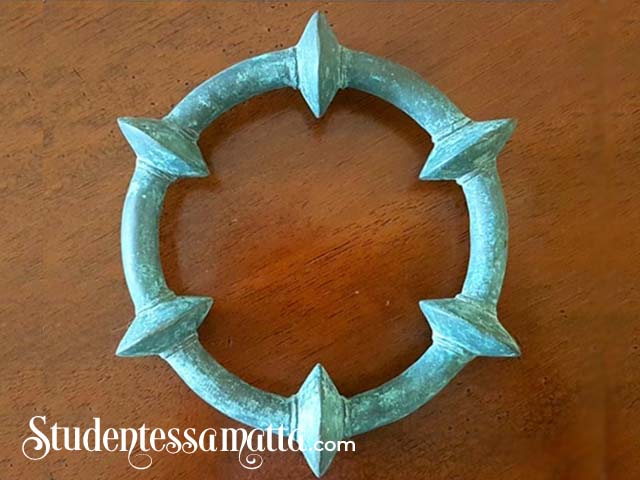
Che cos’è l’Armilla Picena?
What is the Armilla Picena?
L’Armilla Picena, talvolta chiamata Anellone Piceno, è un grande anello metallico con nodi diametralmente opposti. È un oggetto ritrovato in molti luoghi sepolcrali che ricordano i tempi in cui i Piceni, antica tribù, vivevano nella zona prima dell’epoca romana.
The Armilla Picena, sometimes called the Anellone Piceno, is a large metal ring with diametrically opposing knots. It is an object found in numerous burial sites that hark to when the Piceni, an ancient tribe, lived in the area before Roman times.
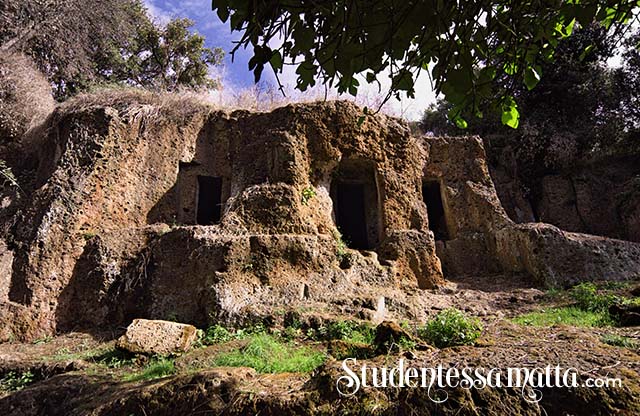
Chi erano i Piceni?
Who were the Piceni people?
Secondo la tradizione antica, i Piceni erano pastori nomadi. Avendo bisogno di più terra e spazio per allevare le loro mandrie, lasciarono il paese delle Sabine e viaggiarono verso nord. Prima di partire, i capi della tribù consultarono un oracolo che disse loro di viaggiare fino a quando non trovarono un cuneo di terra tra due fiumi. Avrebbero saputo come trovare questo luogo sacro quando un particolare uccello – un uccello che faceva buchi tra gli alberi – fu avvistato.
As ancient lore would have it, the Piceni were nomadic shepherds. Needing more land and space to raise their herds, they left the country of the Sabines and traveled north. Before departing, the leaders of the tribe consulted an oracle who told them to travel until they found a wedge of land between two rivers. They would know how to find this sacred place when a particular bird — a bird that drilled holes in trees — was sighted.
In latino, questo uccello era chiamato “Picus.” Oggi lo conosciamo come un picchio. In italiano questo uccello si chiama “Picchio.”
In Latin, this bird was called “Picus.” We know this bird today as a woodpecker. The Italian word for this bird is “Picchio.”

La tribù seguì il consiglio dell’oracolo, e quando giunsero nelle Marche, dove ora si trova la città di Ascoli Piceno, videro i due fiumi e un picchio volare nel cielo; i Piceni sapevano che avevano trovato la loro nuova casa. Chiamarono il paese “Picenum” che in seguito divenne “Ascoli Piceno.”
The tribe followed the oracle’s advice, and when they came to the area in Le Marche, where the town of Ascoli Piceno is now, they saw the two rivers and a Woodpecker flying in the sky; the Piceni knew they had found their new home. They called the country “Picenum” which later became “Ascoli Piceno.”
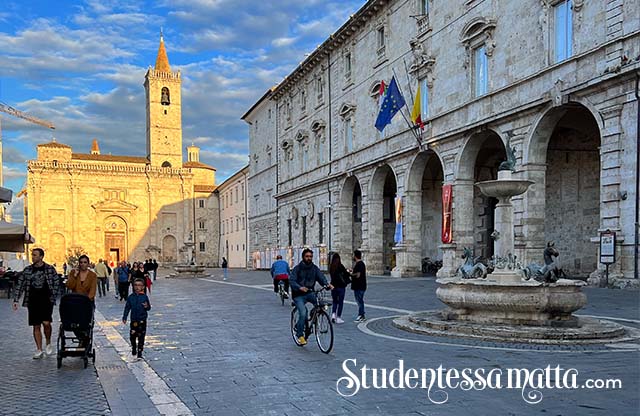
Oggi, gli archeologi stanno scoprendo i siti di sepoltura delle tribù picene e all’interno delle tombe, in particolare, quelle delle donne, poste sulle loro pelvi. È un oggetto curioso, e ci sono state molte speculazioni su ciò che l’anello di ferro era destinato. Le ipotesi vanno dal banale al sublime.
Today, archeologists are discovering the grave sites of the Piceni tribes and inside the tombs, specifically, those of women, placed upon their pelvises. It is a curious object, and there have been many speculations about what the iron ring was intended for. The guesses range from the mundane to the sublime.
Alcuni hanno ipotizzato che fosse una sorta di attrezzatura da “palestra”, mentre altri lo vedono come un “fiore della vita” legato alla Divina Dea Cupra, la Dea della natura, della nascita, e del ciclo delle stagioni e della produttività. È una dea paragonabile alla dea romana Bona.
Some have hypothesized it was some kind of “gym” equipment, while others see it as a “flower of life” tied to the Divine Goddess Cupra, the Goddess of nature, birth, and the cycle of the seasons and productivity. She is a Goddess comparable to the Roman Goddess Bona.
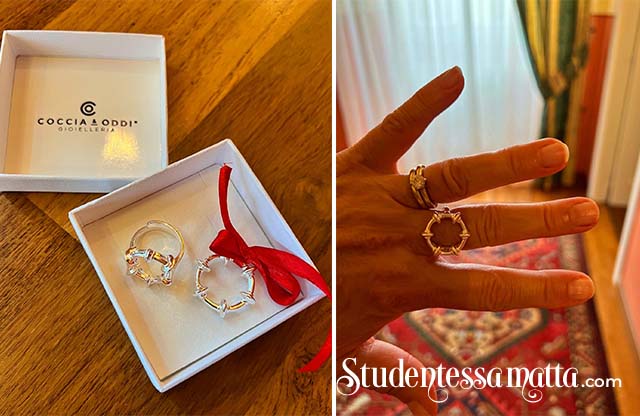
I Piceni oggi credono che l’anello di ferro con i nodi simboleggia buona fortuna, fertilità e produttività. I gioiellieri ascolani come Coccia & Oddi hanno realizzato, con metalli preziosi – argento e oro – repliche di Armila Picena.
The Piceni today believe that the iron ring with knots symbolizes good fortune, fertility, and productivity. Ascoli jewelers like Coccia & Oddi have created, out of precious metals — silver and gold — replicas of the Armila Picena.
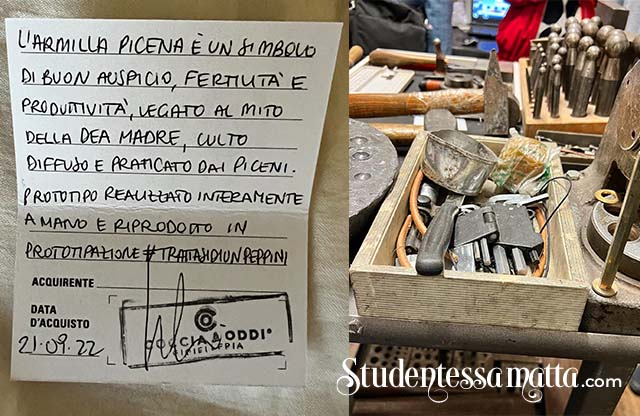
Sono stata colpita dalle leggende che circondavano la tribù picena, discendente dai Sabini che acquistai uno degli anelli di Coccia e Oddi. Avendo trascorso due settimane ad Ascoli Piceno lo scorso autunno con il mio gruppo di immersione in lingua italiana nel territorio fondato dalla tribù nomade guidata da un picchio capriccioso, ha un significato speciale per me.
I was so fascinated by the legends surrounding the Piceni tribe, descended from the Sabines that I acquired one of Coccia and Oddi’s rings. Having spent two weeks in Ascoli Piceno last fall with my Italian language immersion group in the territory founded by the nomadic tribe guided by a whimsical woodpecker, it has special meaning for me.
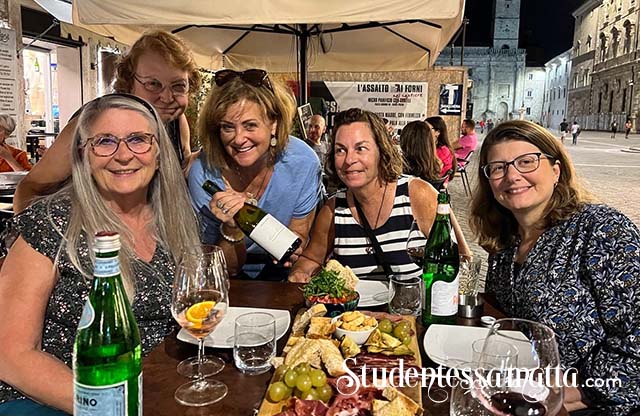
Per una scrittrice, artista e linguista, quale simbolo migliore del “fiore della vita” da indossare, per promuovere la buona fortuna e la produttività E dedicato a una Dea Divina che governava le stagioni!
For a writer, artist, and linguist, what better symbol than the “flower of life” to wear, to promote good luck and productivity AND dedicated to a Divine Goddess who ruled the seasons!
